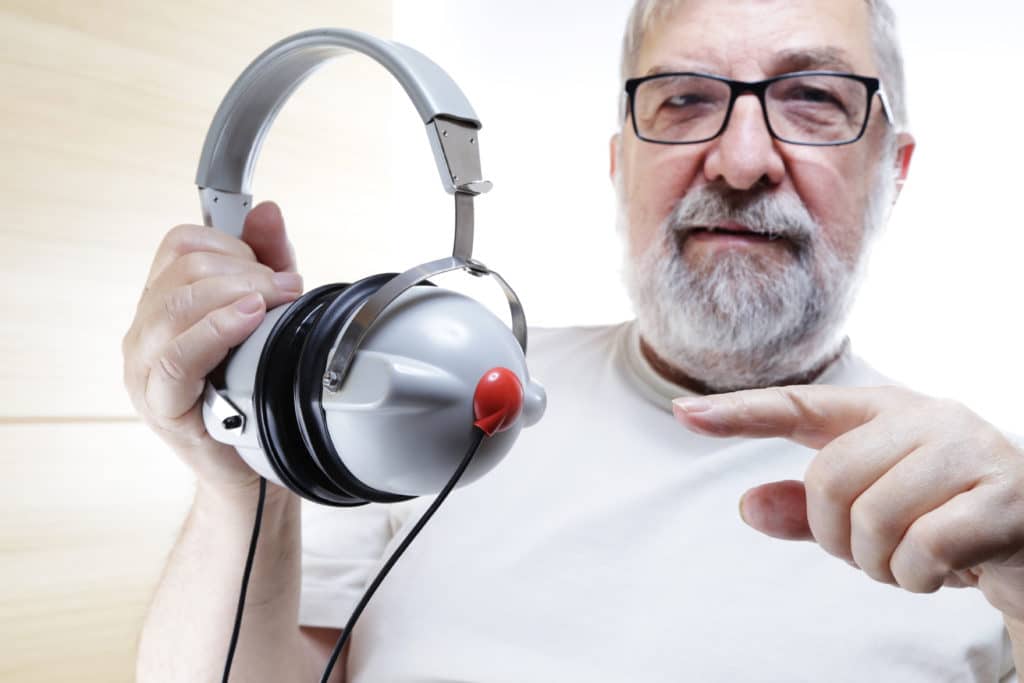If you have a decreased sound tolerance, it can cause problems at work, home, or out with friends. A pain-free hearing test can provide insights into how much of your hearing ability has been lost. During a pure-tone hearing test, your audiologist will play you tones at different pitches and loudness levels. These results are charted on a graph to help pinpoint the severity of your hearing loss.
High frequencies.

Exposure to Noise
A standard hearing screening is pure-tone testing, which shows the quietest level you can hear at different pitches or frequencies. These results are displayed on a graph called an audiogram. Your audiologist may also perform other tests, which are used to determine the type and severity of your hearing loss. These tests may include an otoacoustic emissions hearing test Sudbury (which measures involuntary sound reflexes from your eardrum), and an auditory brainstem response test, which uses electrodes attached to the head or scalp to measure your brainwave responses to sounds of varying intensity. Your audiologist can use this information to alert you of hazardous noise sources and suggest strategies for prevention and protection. Loud noise damages your ability to hear, and that damage does not come back on its own. It can impact your health, work, social life, and learning ability.
Aging
Noise can damage the inside of your ear, even without you being aware of it. From airplane traffic, crowded streets, or personal stereos, loud sounds can cause hearing loss and tinnitus. Some occupational noises, such as machinery and firearms, can be hazardous. Recreational noises, such as snowmobiling and motorcycling, can also be harmful. Whether a sound is dangerous depends on its intensity and length of exposure. It is too loud if the noise is loud enough to make your ears ring, cause discomfort, or muffle sounds. On-the-job (occupational) noise is the most common source of harmful noise, but recreational activities can also harm your hearing. Noise-induced hearing loss usually happens gradually over years of exposure. It can affect both ears equally and is permanent once the hearing threshold has shifted. This change is noticeable when a person takes a hearing test, as it shows a dip in the
Genetics
Noise-induced hearing loss occurs when the hair cells in your inner ear die. Once these cells die, they cannot grow back. Noise-induced hearing loss usually occurs after continuous exposure to loud noise over a long period. Still, it can also arise from a single exposure to loud noise, such as an explosion or gunshot. Most people with NIHL have asymmetric hearing loss, which is more severe in one ear. However, the exact reasons for this asymmetry still need to be better understood. Asymmetric NIHL may be related to an imbalance between the sensitivity of hair cells in the two ears or a difference in how the nerve pathways that connect the two ear organs are wired.
Preventing Noise-Induced Hearing Loss
Exposure to loud noises can damage your ear’s ability to convert sound waves into the electrical signals your brain interprets. NIHL can cause pressure or fullness in your ears, muffled or distant speech, and ear ringing (tinnitus). Unlike aging hearing loss, which occurs slowly over time, NIHL from noise exposure can be sudden and permanent. Some types of NIHL are preventable. Use earplugs or earmuffs around loud noises, such as at concerts, sports events, and work situations. Keep the volume low when listening to music, and avoid using earbuds, which put loud music directly at your eardrum.





